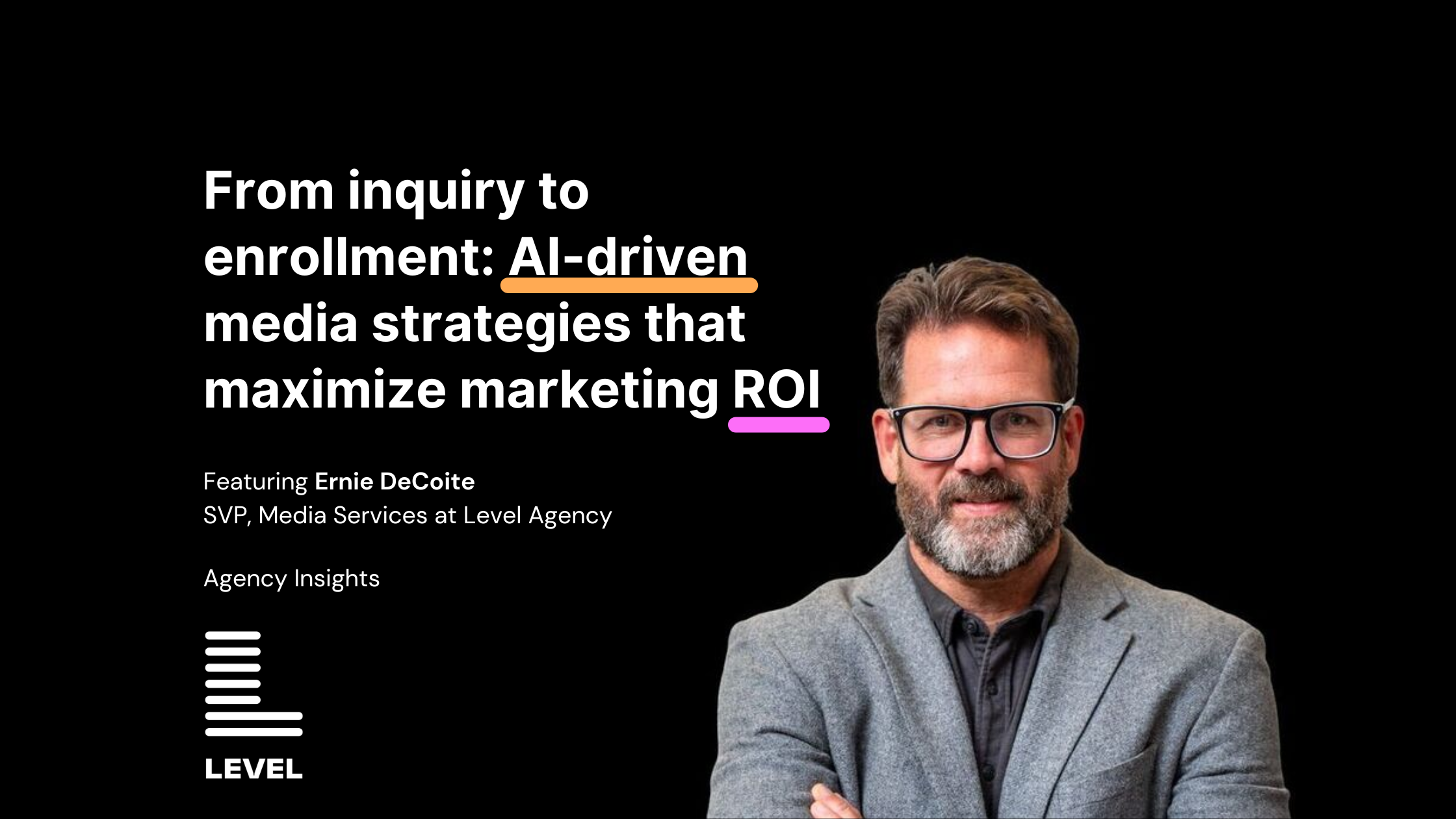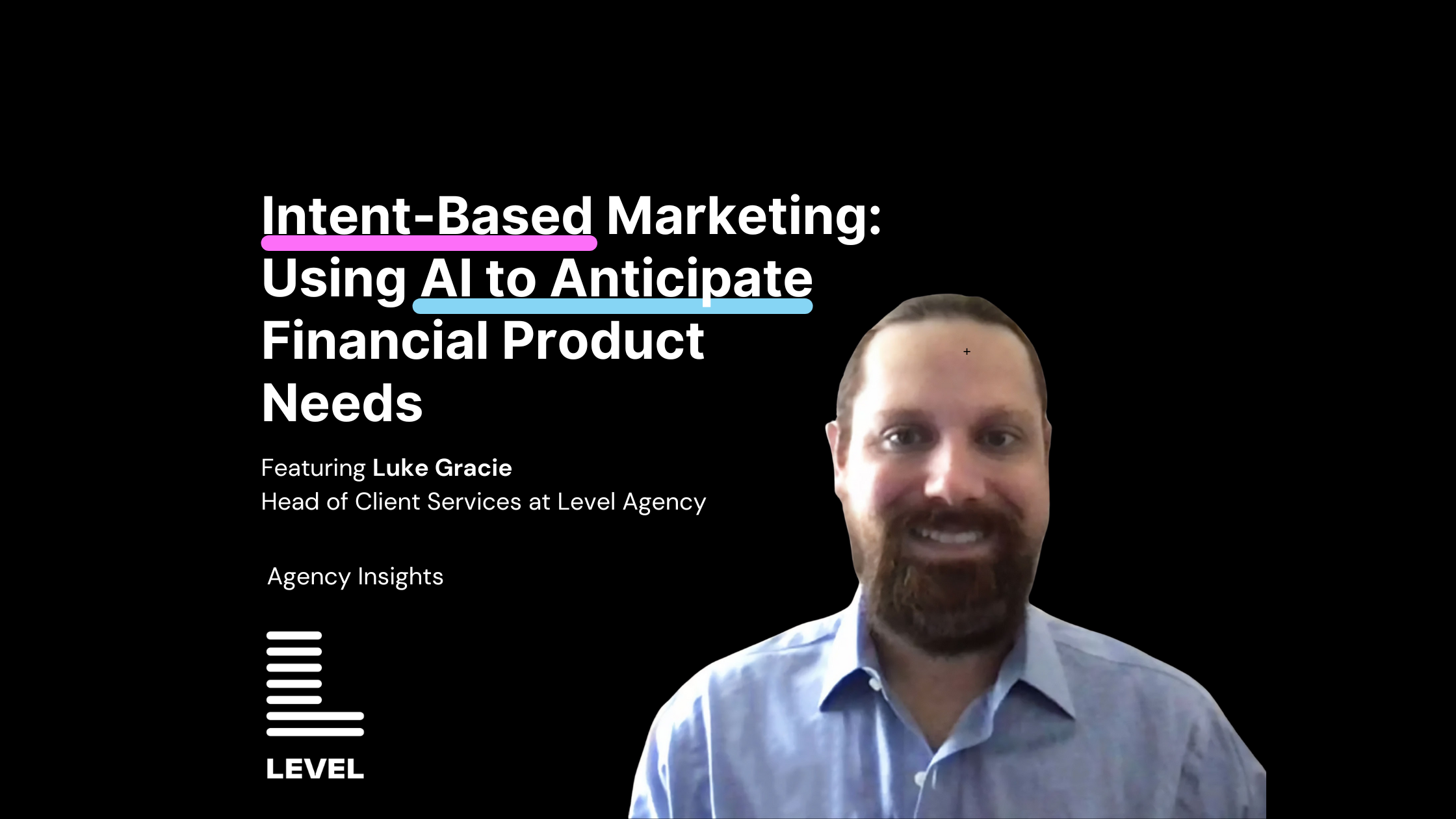5 digital marketing trends that will die in 2017
A once-disruptive social network, a cheap way to game the system, stalwarts from the earliest days of online advertising; which one will you take in the 2017 digital death pool? From Mashable:
On Stock Photography: “Generic stock images don’t support an authentic identity and inhibit users from connecting with brands that use them. On the other hand, personalized images improve content performance by increasing likes, shares, and click through rates.”
Level Insight:
- Consumers are seeking authenticity from brands. They want unique images instead of obvious stock photography, images that depict a personality with which they can identify.
- The native advertising survey referenced in the article demonstrates that consumers are willing to engage with advertising content if that content fits into the medium. As their name implies, popup ads do not fit any experience a user is attempting to have online, unless said user has turned minimizing ads into a delightful game of digital whack-a-mole.
- Every piece of content is monetized. Web consumers understand that their non-branded content on television, magazines, blogs, streaming video sites is made possible, at least indirectly, by corporate sponsorship. If a brand is authentic and non-intrusive, and provides value, consumers will engage with advertising content.
How to write PPC text ads in 2017’s sophisticated environment
Google giveth. Google taketh away. Google giveth again. From Search Engine Land:
“Between devices, formatting, ad extensions and audience types, writing effective ad copy is more reliant on multiple factors than ever before.”
Level Insight:
- Google offers more advanced features now than ever before, but it is important to consider ROI when deciding the level of granularity in campaigns and ad groups. We let the data and audience insights tell us when advanced segmentation is necessary to enhance campaign performance.
- Depending on the length of the sales cycle, segmenting campaigns by device can assist in optimizing the message. However, for more high-value products and services, the spontaneous buying decisions — to which mobile-only campaigns cater — may be a non-factor. While optimizing the entire experience for a mobile-dominant world is essential to covering all touchpoints, segmenting messaging based on device should be considered critically with an eye on ROI.
- As industry standards and best practices start to roll in for Google’s expanded text ads, we have blended those lessons with results from our own expanded text ad A/B tests. We will continue to optimize as the format continues to evolve and will remain vigilant in monitoring any industry insights.








